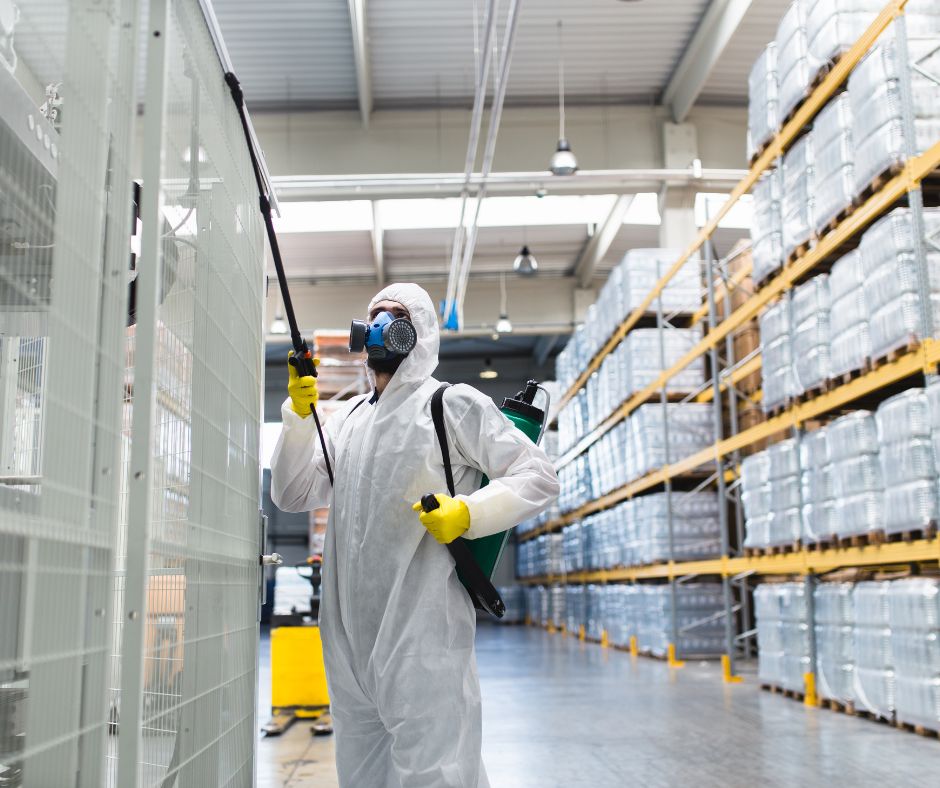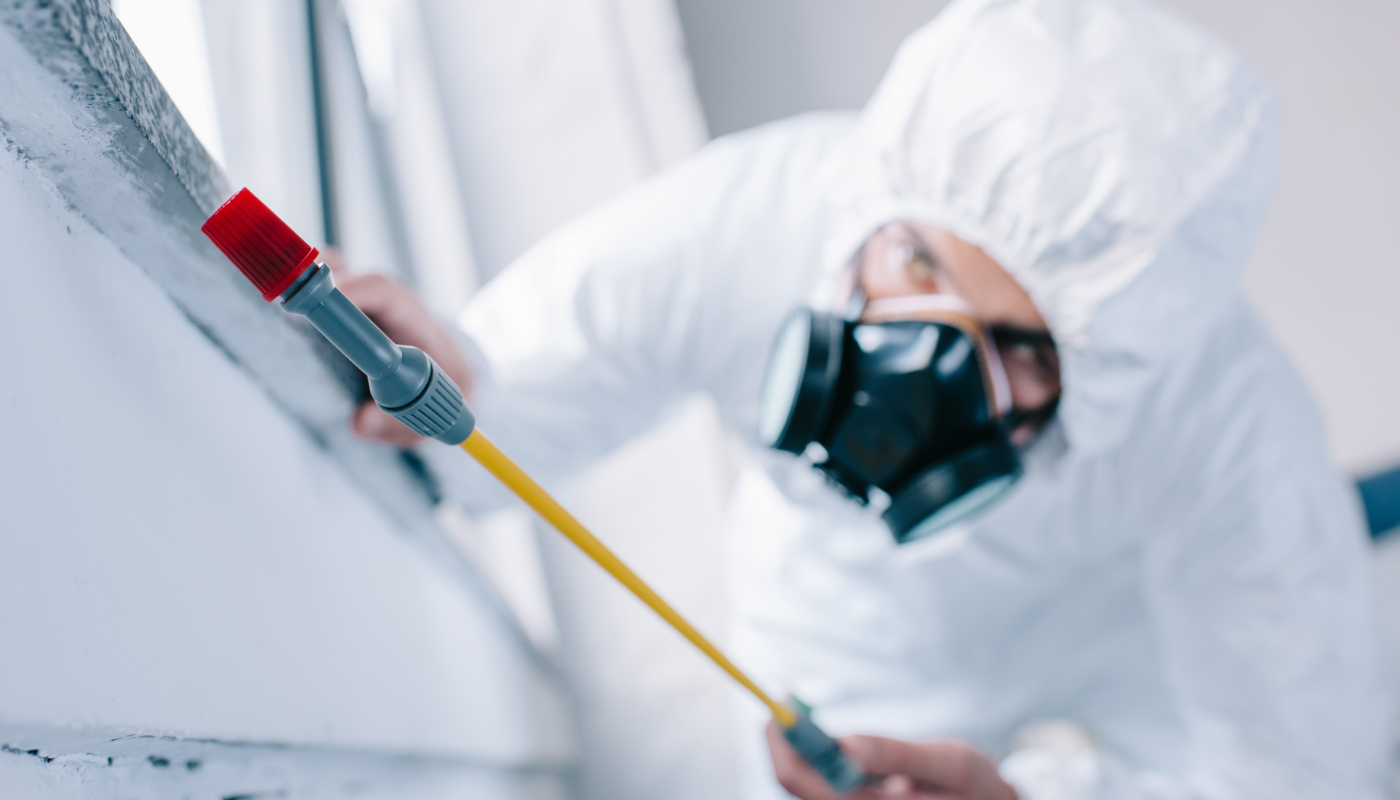Learn More About the most up to date Advancements in Parasite Control and How to Execute Efficient Therapy Solutions
In the last few years, the field of bug control has actually witnessed substantial developments, driven by the requirement for lasting and efficient therapy solutions. Cutting-edge methods such as Integrated Pest Monitoring (IPM) integrate environmentally friendly exercise with innovative technology, enhancing both efficacy and environmental obligation. The combination of smart technologies and Do it yourself approaches has equipped individuals to tackle pest issues much more efficiently. As we check out these developments, it becomes vital to understand exactly how finest to execute these strategies in various settings to achieve optimum results. The effects for insect administration practices could be transformative.
Eco-Friendly Bug Control Options
In the last few years, the demand for environmentally friendly parasite control choices has surged as homeowners and organizations alike seek lasting alternatives to traditional chemical therapies. This shift is driven by growing ecological recognition and a wish to minimize the health and wellness threats linked with synthetic chemicals.

Environment-friendly insect control methods encompass a variety of techniques that prioritize the usage of natural compounds and practices. Integrated Insect Management (IPM) is one such strategy, integrating organic, social, and mechanical tactics to handle pest populaces while decreasing reliance on chemicals (Wildlife removal services). This all natural technique stresses avoidance through habitat adjustment and the intro of natural predators, consequently promoting a balanced environment
An additional popular alternative is using agricultural pesticides stemmed from plants, which have a tendency to be much less dangerous to non-target organisms. Products like neem oil and diatomaceous earth have gained grip for their performance in regulating pests while presenting very little dangers to human health and wellness and the atmosphere.
Additionally, exclusion methods, such as securing access factors and maintaining cleanliness, play an important function in eco-friendly insect administration. By embracing these sustainable practices, people and organizations can properly handle insects while promoting a healthier world for future generations.
Smart Modern Technology in Bug Administration
Advancement is improving the landscape of pest management, with smart innovation becoming a critical force in improving effectiveness and effectiveness - Wildlife removal services. The assimilation of Internet of Points (IoT) gadgets, synthetic intelligence (AI), and information analytics is changing just how insect control specialists approach invasions
Smart traps geared up with sensing units can spot parasite task in real-time, sending out immediate notifies to operators. This permits prompt reactions, decreasing damage and decreasing the requirement for comprehensive treatments. Additionally, AI algorithms analyze historical data to anticipate bug actions, making it possible for aggressive interventions based on environmental conditions and problem patterns.
Drones and automatic automobiles are likewise playing a substantial role in pest monitoring, supplying airborne evaluations of large areas, identifying hotspots, and even dispersing targeted therapies. These modern technologies not just streamline procedures however also improve security by restricting human direct exposure to potentially unsafe chemicals.
Furthermore, mobile applications encourage consumers to keep track of insect activity and gain access to professional advice, cultivating a collective strategy to pest management. Generally, the adoption of wise technology is setting a new requirement in insect control, highlighting data-driven choices and sustainable techniques that eventually benefit both house owners and experts alike.
Integrated Insect Management Methods
Integrated Bug Administration (IPM) employs a holistic strategy to pest control, combining various approaches to efficiently manage parasite populations while decreasing threats to human health and wellness and the setting. IPM rotates around recognizing the pest life cycle, their natural opponents, and the ecosystem in which they grow.
One of the essential elements of IPM is keeping track of pest populations through routine evaluations and data collection. This allows for the recognition of pest limits, identifying when treatment is essential. Cultural methods, such as plant turning, habitat, and sanitation control, are important in minimizing insect frequency and advertising plant health and wellness.
Mechanical controls, including obstacles and catches, are likewise important in IPM. These methods can physically remove or deter insects without making use of chemicals. When essential, the wise application of chemical controls is used, concentrating on targeted treatments that minimize environmental influence.
Education and cooperation among stakeholders, consisting of farmers, parasite control experts, and the neighborhood, are critical for the effective implementation of IPM strategies. By prioritizing sustainable techniques, IPM not just addresses pest concerns yet additionally promotes a healthier ecosystem.
Biological Control Techniques
Many organic control methods are increasingly acknowledged for their performance in managing pest populaces while promoting environmental equilibrium. These approaches harness natural predators, bloodsuckers, and pathogens to minimize pest numbers without depending on synthetic chemicals. As an example, the intro of ladybugs can efficiently manage aphid populaces, while nematodes target soil-dwelling bug larvae.
Furthermore, using microbial chemicals, such as Bacillus thuringiensis (Bt), gives an eco friendly option for taking care of caterpillar parasites. These items specifically target pest types, minimizing injury to beneficial bugs and pollinators. Additionally, conservation biological control emphasizes enhancing habitats for natural adversaries, such as birds and valuable insects, thereby urging their visibility in farming systems.
Research proceeds to expose innovative approaches within this field, such as making use of pheromones to disrupt pest breeding patterns or the development of biocontrol agents via genetic engineering. Carrying out these techniques can bring about lasting parasite management techniques that reduce the dependence on chemical treatments, ultimately cultivating healthier ecosystems. As understanding of these strategies grows, they are coming to be essential parts of incorporated pest monitoring (IPM) strategies, providing a balance in between efficient bug control and environmental stewardship.
Do It Yourself Bug Control Solutions
As homeowners look for efficient means to take on insect problems, do it yourself pest control solutions have actually gained popularity for their access and cost-effectiveness. These methods equip individuals to resolve invasions using conveniently available materials and techniques, usually without the requirement for expert click now treatment.

In addition, keeping appropriate cleanliness and normal assessments can avoid pest entry and nesting (Wildlife removal services). Easy methods, such as sealing fractures, getting rid of food sources, and decluttering, can dramatically decrease pest populaces. Traps, both homemade and commercially readily available, can also use efficient services for surveillance and regulating specific bugs like bugs or rodents

Conclusion
The integration of environment-friendly pest control choices, smart innovation, and cutting-edge administration methods offers an extensive approach to reliable pest administration. By embracing Integrated Insect Management (IPM) and utilizing organic control techniques, along with do it yourself services, accountable and sustainable parasite control can be accomplished. These advancements not only improve the efficiency of pest management techniques however likewise add to a healthier setting. Implementing these strategies fosters a balanced community while properly dealing with pest populations.
Eco-friendly insect control techniques incorporate an array of approaches that prioritize the usage of all-natural materials and practices. Integrated Bug Management (IPM) is one such approach, combining organic, cultural, and mechanical techniques to take care of pest populaces while reducing dependence on their explanation chemicals. As understanding of these methods expands, they are coming to be indispensable components of integrated parasite administration (IPM) methods, using a balance between reliable insect control and ecological stewardship.
The combination of environmentally friendly pest control choices, smart modern technology, and innovative management methods presents an extensive approach to efficient pest management. By embracing Integrated Pest Management (IPM) and utilizing biological control techniques, along with DIY remedies, lasting and responsible bug control can be accomplished.